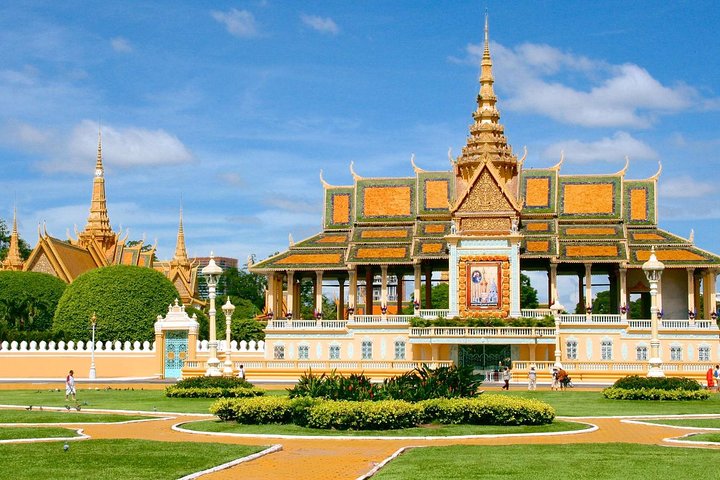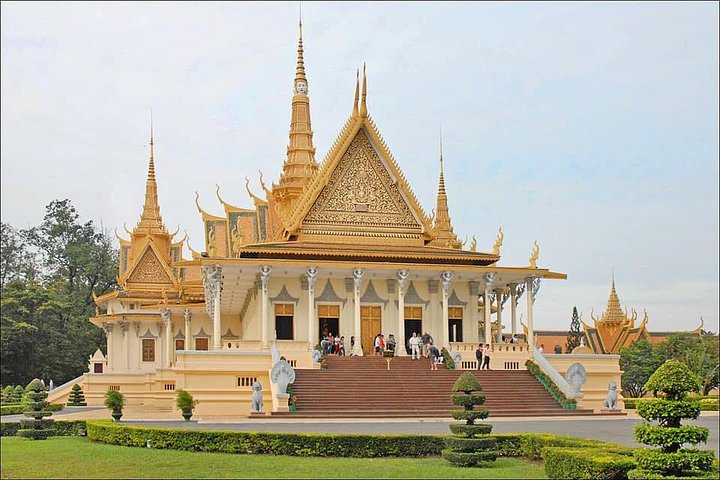Exploring Cambodia’s Dark Past: A Day at Tuol Sleng and Choeung Ek
Embark on a profound journey through Cambodia’s history with a visit to the Tuol Sleng Genocide Museum and the Choeung Ek Killing Fields. Discover the resilience of the human spirit and the importance of remembering the past.
A Journey Through History: The Tuol Sleng Genocide Museum
As I stepped into the Tuol Sleng Genocide Museum, also known as S21, I was immediately enveloped by a somber atmosphere that seemed to echo the cries of the past. This former high school turned prison was a stark reminder of the brutality of the Khmer Rouge regime. The walls, once filled with the laughter of students, now bore witness to the horrors that unfolded between 1975 and 1979.
Our guide, a knowledgeable and empathetic local, led us through the corridors, sharing stories of the victims who suffered within these walls. The museum’s exhibits, including haunting photographs and personal artifacts, painted a vivid picture of the atrocities committed. It was a deeply moving experience, one that left me reflecting on the resilience of the human spirit in the face of unimaginable suffering.
The visit to Tuol Sleng was not just a history lesson; it was a powerful reminder of the importance of remembering and honoring those who lost their lives. It was a call to action, urging us to learn from the past to prevent such tragedies from happening again.
The Choeung Ek Killing Fields: A Place of Reflection
After leaving the museum, we traveled to the Choeung Ek Killing Fields, located about 45 minutes away. The journey itself was a time for quiet reflection, as the weight of what we had just witnessed lingered in the air.
Upon arrival, the serene landscape belied the horrors that had taken place here. Our guide explained that this was the final resting place for many of the prisoners from S21. As we walked through the fields, we encountered mass graves and a memorial stupa filled with the skulls of the victims. It was a chilling sight, one that brought the reality of the genocide into sharp focus.
The Killing Fields were a place of both sorrow and hope. While the evidence of past atrocities was undeniable, the presence of the memorial stupa served as a symbol of remembrance and a commitment to peace. It was a poignant reminder of the resilience of the Cambodian people and their determination to move forward while honoring their past.
Embracing the Lessons of History
This Private Tour was more than just a tour; it was an opportunity to engage with history on a deeply personal level. As someone who has dedicated my life to understanding and sharing the rich tapestry of Asian cultures, this experience was both humbling and enlightening.
The stories of the Khmer Rouge regime are a testament to the complexities of human nature and the impact of political ideologies. They serve as a reminder of the importance of empathy, understanding, and cultural awareness in our increasingly interconnected world.
As I left Phnom Penh, I carried with me a renewed sense of purpose. The lessons learned from this journey will undoubtedly inform my future work, as I continue to explore and share the diverse cultures of Asia. This experience was a powerful reminder of the importance of preserving history and fostering a deeper understanding of the world around us.










































